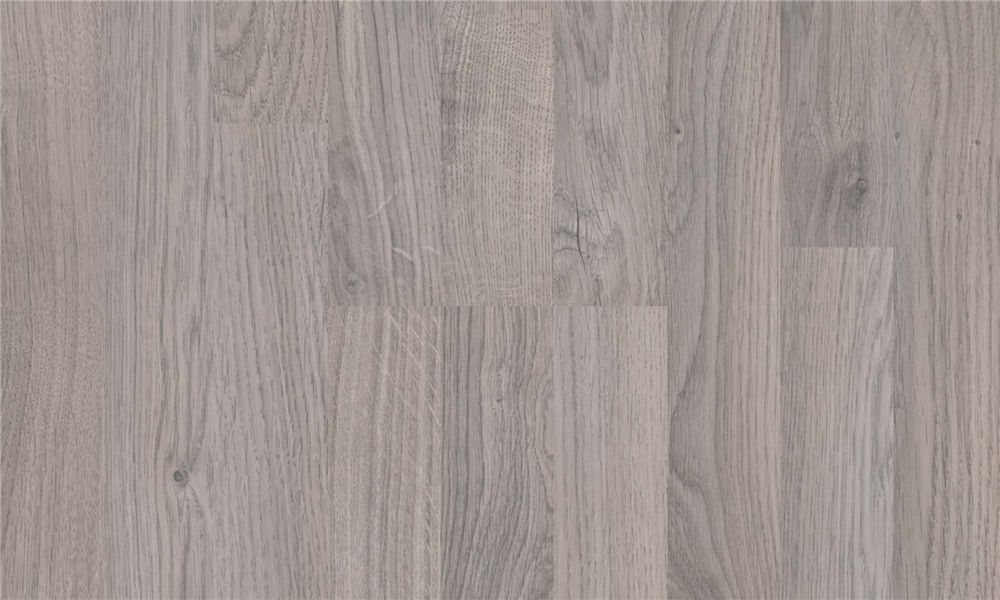
WPC flooring, or Wood Plastic Composite flooring, is a popular flooring option for its durability and resistance to moisture. However, like any flooring material, WPC flooring can experience problems. Here are common problems that homeowners encounter with WPC flooring:
WPC flooring can expand and contract with changes in temperature and humidity, which can cause gaps between planks or even buckling.
WPC flooring can be scratched or dented by heavy objects, pets, or even high heels.
WPC flooring can become discolored over time from exposure to sunlight or other sources of UV light.
Despite being resistant to moisture, excessive moisture exposure can still lead to swelling or warping of the planks.
Improper installation can lead to issues such as gaps or separation between planks, which can affect the overall appearance and durability of the flooring.
By understanding these common problems, you can take steps to prevent or address them. Regular cleaning, protecting your floor from heavy objects, and proper installation can all help to ensure the longevity and appearance of your WPC flooring.
Myths about WPC flooring
WPC flooring, or Wood Plastic Composite flooring, is a popular flooring option for its durability and resistance to moisture. However, there are many myths about this type of flooring that can be misleading.
One common myth is that WPC flooring is not durable. In reality, WPC flooring is made from a combination of wood fibers and plastic, making it more durable and resistant to moisture than traditional hardwood flooring.
Another myth is that WPC flooring is not environmentally friendly. This is not true, as WPC flooring is made from recycled materials, making it a more eco-friendly option than traditional hardwood flooring.
Some people also believe that WPC flooring can’t be refinished, but this is false as it can be refinished just like traditional hardwood flooring, although the process may be different.
It is also a myth that WPC flooring can’t be used in wet areas, as it is water-resistant and can be used in areas where traditional hardwood flooring cannot. Finally, some people believe that WPC flooring is not affordable, but in reality, it is typically more affordable than traditional hardwood flooring and is available in a variety of styles and finishes to fit your budget. By understanding these common myths, you can make an informed decision about whether WPC flooring is the right option for your home.
WPC flooring disadvantages
WPC flooring, or Wood Plastic Composite flooring, may have several disadvantages that you should consider before making a decision. Here are some of the key drawbacks of WPC flooring:
WPC flooring may have limited options for styles and finishes compared to traditional hardwood flooring.
WPC flooring is less resistant to scratches and dents than traditional hardwood flooring, which can impact its appearance over time.
WPC flooring may require special tools and techniques for installation, which can increase the cost of the installation process.
Some WPC flooring products may emit harmful chemicals that can impact indoor air quality, particularly in tightly sealed homes.
WPC flooring may require regular maintenance and cleaning, which can be time-consuming and potentially costly.
WPC flooring may be subject to expansion and contraction with changes in temperature and humidity, which can impact its stability and appearance.


 Ensuring the Safety of Your Wisconsin Home’s Roof: When to Consult a Roofing Expert
Ensuring the Safety of Your Wisconsin Home’s Roof: When to Consult a Roofing Expert  Enhance Your Comfort with Premier Gas Water Heater Installations in Red Wing, Minnesota
Enhance Your Comfort with Premier Gas Water Heater Installations in Red Wing, Minnesota  Creating Inviting Outdoor Spaces: The Benefits of Outdoor Fireplaces in the Twin Cities
Creating Inviting Outdoor Spaces: The Benefits of Outdoor Fireplaces in the Twin Cities  Why Are Real Estate Serviced Apartments An Ideal Investment?
Why Are Real Estate Serviced Apartments An Ideal Investment?  How a Solar Company Designs Custom Solutions for Your Home
How a Solar Company Designs Custom Solutions for Your Home  Creative Uses of LED Strip Lighting for Accent Lighting
Creative Uses of LED Strip Lighting for Accent Lighting  The Benefits of a Fire Pit for Year-Round Outdoor Living
The Benefits of a Fire Pit for Year-Round Outdoor Living  The Role of Minimalist Lighting in Modern Interior Design: Trends and Functional Analysis
The Role of Minimalist Lighting in Modern Interior Design: Trends and Functional Analysis  Top Security Features to Look for in a Garage Door
Top Security Features to Look for in a Garage Door  Comprehensive Guide to Mold Removal in Hunterdon County: Safeguarding Your Home and Health
Comprehensive Guide to Mold Removal in Hunterdon County: Safeguarding Your Home and Health